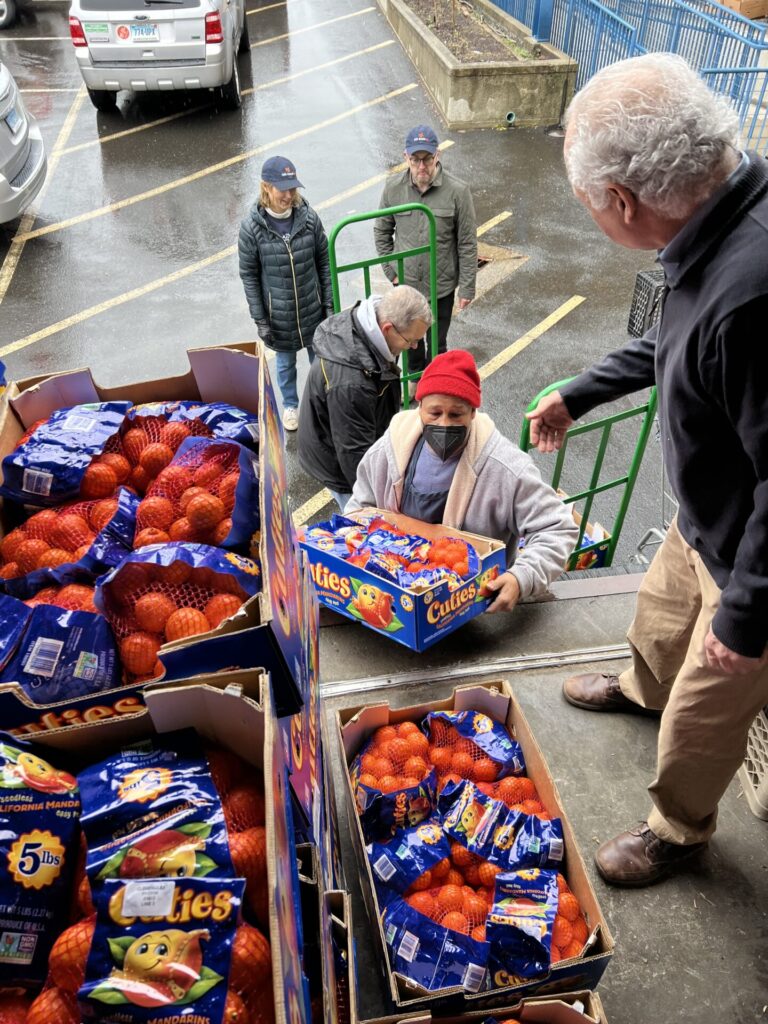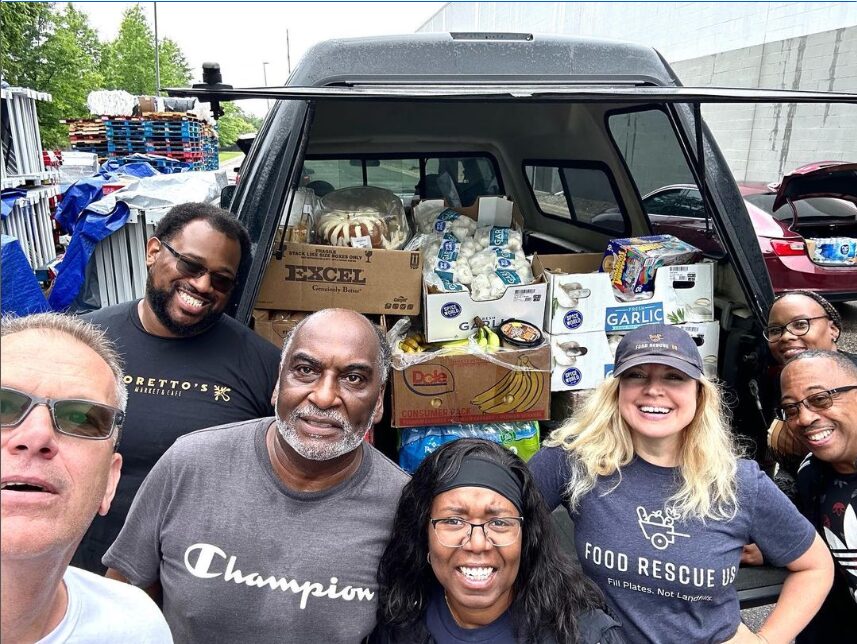Food Recovery: A Powerful Solution Combating Food Waste and Food Insecurity
In a country where millions go hungry every day and vast amounts of food are needlessly discarded, food recovery presents a pragmatic and compassionate solution. Yet, amidst the discussion surrounding food waste and food insecurity, the potential of food recovery remains largely unknown to much of the US, and therein lies a powerful opportunity.
Download this Op-Ed As a Template
The Challenge
According to ReFED, a nonprofit dedicated to reducing food waste in the United States, a staggering 38 percent of food goes uneaten in our country. That adds up to 180 billion pounds and $408 billion wasted annually. Simultaneously, over 40 million Americans struggle with food insecurity, unsure of where their next meal will come from. These statistics paint a stark picture of a broken system in dire need of intervention.
Food Recovery As Part of Solution

Enter food recovery—an often-overlooked mechanism with the power to address both food waste and food insecurity simultaneously. Food recovery involves rescuing surplus food that would otherwise be discarded and redistributing it to those in need. It’s a simple concept with profound implications.
At the forefront of this movement is Food Rescue US, a nonprofit organization dedicated to reducing food insecurity through food rescue. Our organization recognizes that hunger is not a scarcity issue but a distribution problem, and we are tackling it head-on by mobilizing volunteers to rescue surplus food and deliver it to local agencies serving those in need. In 2023, Food Rescue US rescued 38 Million pounds of food across 20 states and the District of Columbia, the equivalent of more than 31 million meals for those in need.
Accessibility and Scalability
What sets food recovery apart is its accessibility and scalability. Volunteering as a food rescuer requires nothing more than time and compassion. Individuals can sign up to be a part of the solution, rescuing food from grocery stores, restaurants, bakeries, or catered events and delivering it to food pantries, soup kitchens, or shelters. The impact of volunteers ripples through communities, providing nourishment and hope to those who need it most.

The benefits of food recovery extend far beyond addressing immediate hunger. When food goes to landfill, it releases methane, a powerful greenhouse gas, as it degrades. Diverting food from landfills reduces greenhouse gas emissions and alleviates the strain on our environment. It also has economic advantages, saving businesses money on disposal costs and generating tax deductions for food donations.
Food recovery also fosters a sense of community and solidarity, bringing together individuals from diverse backgrounds, united by a common goal: to ensure no one goes hungry in their community. In a time marked by division and discord, feeding the food insecure transcends barriers and reminds us of our shared humanity.
Underutilized Tool
Despite its immense potential, food recovery as a solution remains underutilized on a national scale. To fully harness food recovery’s power, we must elevate it in our collective consciousness and integrate it into our social and economic systems. This requires collaboration among policymakers, businesses, nonprofits, and individuals (volunteers) to create supportive frameworks and incentives for food recovery initiatives.
We can all play a role in promoting food recovery. Whether we volunteer our time, support food recovery organizations like Food Rescue US, or advocate for policy changes, each of us has the power to make a difference.
